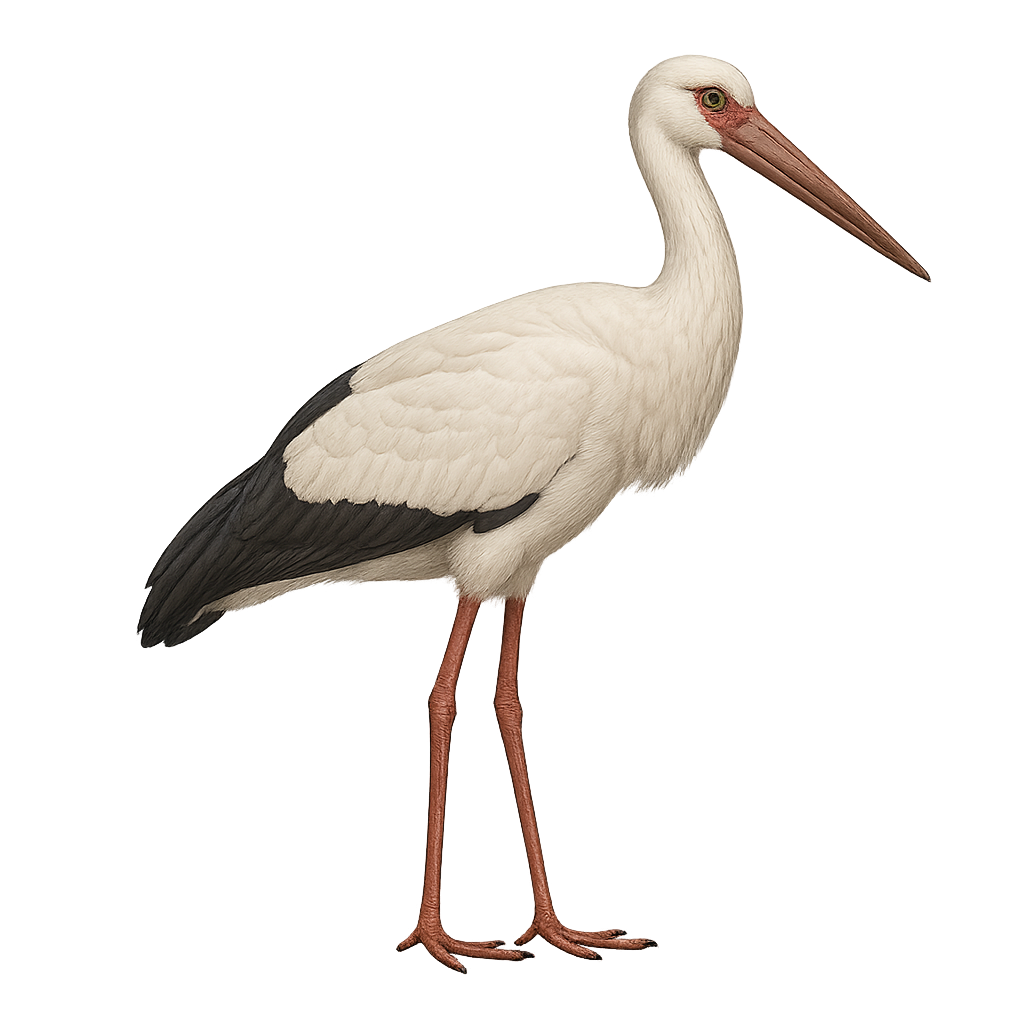Your wildlife photography guide.
Explore the maguari stork in detail, study its behavior, prepare your shots.
Where to observe and photograph the maguari stork in the wild
Learn where and when to spot the maguari stork in the wild, how to identify the species based on distinctive features, and what natural environments it inhabits. The WildlifePhotographer app offers tailored photography tips that reflect the maguari stork’s behavior, helping you capture better wildlife images. Explore the full species profile for key information including description, habitat, active periods, and approach techniques.
Maguari Stork
Scientific name: Ciconia maguari

IUCN Status: Least concern
Family: CICONIIDAE
Group: Birds
Sensitivity to human approach: Suspicious
Minimum approach distance: 10 m
Courtship display: August to December
Incubation: 28-32 jours
Hatchings: September to January
Habitat:
Marshes, flooded grasslands, riverbanks
Activity period :
Primarily active during the day, with peak activity in the morning and late afternoon.
Identification and description:
The Maguari Stork, or Ciconia maguari, is a large wading bird known for its striking white plumage and black wings. It has a long reddish bill and slender legs, allowing it to move gracefully through wetlands. Predominantly found in South America, it inhabits marshes, flooded grasslands, and riverbanks. The Maguari Stork is a gregarious bird, often seen in small groups. It primarily feeds on fish, amphibians, and aquatic insects. Although its conservation status is currently "least concern," habitat destruction poses a potential threat.
Recommended lens:
400 mm – adjust based on distance, desired framing (portrait or habitat), and approach conditions.
Photography tips:
To photograph the Maguari Stork, focus on wetland areas where it feeds. A telephoto lens of 400mm or more is recommended to capture detailed images without disturbing the bird. The best times for photography are early morning or late afternoon when the light is soft and activity is high. Be patient and discreet, wearing neutral-colored clothing to blend into the environment.
The WildlifePhotographer App is coming soon!
Be the first to explore the best nature spots, track rutting seasons, log your observations, and observe more wildlife.
Already 1 430 wildlife lovers subscribed worldwide

